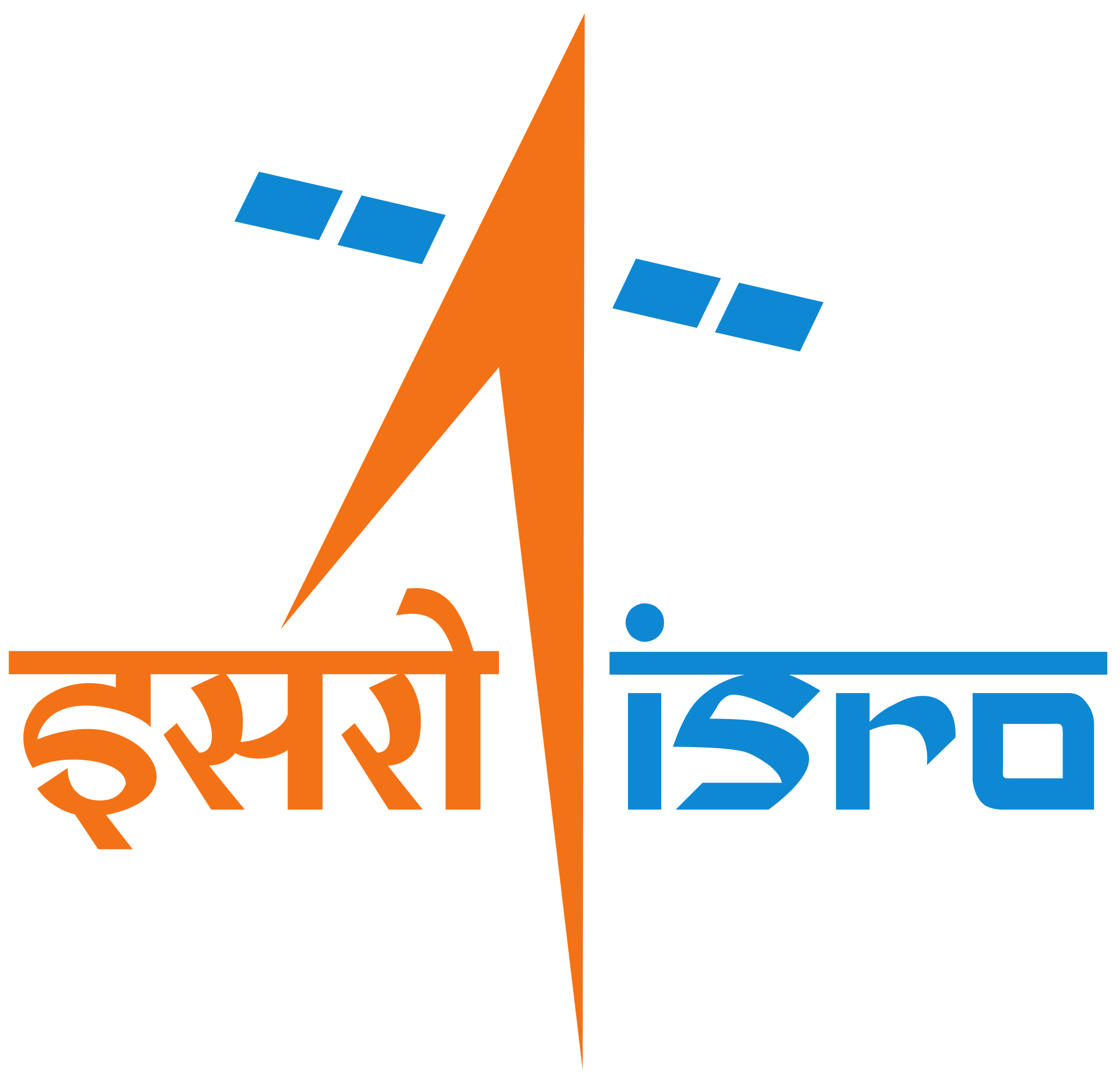In 2022, the Indian Space Research Organization (ISRO) reached new heights as it experimented with new tests to confirm its human spaceflight mission, built new facilities to train its astronauts, and created a new connection with the private sector by putting India’s first privately made rocket to the test. The year 2023 won’t be any different. Instead, since the roster is set, it might be a year of bigger, bolder, and braver expeditions from India to space.
The first test of the Gaganyaan mission, the nation’s first astronaut mission that sends Indians outside the planet in an indigenously manufactured technology, is the most audacious venture the Indian space agency has ever undertaken.
Reusable Launch Vehicle-Technology Demonstrator (RLV-TD)
- India is trying to create its first Runway Landing Experiment in the style of the American shuttle flights (RLV-LEX).
- The Aeronautical Test Range in Karnataka’s Chitradurga could be used to test the mission.
- Last month, Science & Technology Minister Dr. Jitendra Singh updated the Parliament on the mission’s progress.
According to ISRO, the configuration of the RLV-TD combines the complexity of both launch vehicles and aeroplanes and is comparable to that of an aircraft. The winged RLV-TD has been designed to serve as a flying test platform for assessing a variety of technologies, including powered cruise flight, autonomous landing, and hypersonic flight. This vehicle will eventually be enlarged to serve as the first stage of India’s reusable two-stage orbital launch vehicle.
Aditya L1
- India has prepared a mission for the same, while Europe and the US have previously launched probes to learn more about the physics of the Sun and the evolution of the star at the centre of our solar system.
- In 2023, the Aditya L1 mission will launch at the first Lagrange point (L1). The Solar and Heliospheric Observatory Satellite SOHO from NASA is now based at the L1 point of the Earth-Sun system, which offers a continuous view of the sun.
- The advantage of regularly watching solar activity is greater from this position.
Aditya-L1 is equipped with seven payloads that use particle and electromagnetic detectors to study the photosphere, chromosphere, and the Sun’s outermost layers (the corona). The remaining three payloads conduct in-situ investigations of particles and fields at the Lagrange point L1, while the remaining four payloads observe the Sun directly from the exceptional vantage point of L1.
Chandrayaan-3
- India is prepared to launch the successor of its most successful lunar orbital probe after NASA completed the first launch of the Artemis-1 mission.
- In June of this year, Chandrayaan-3 is scheduled to launch on the GSLV Mk-III.
- As ISRO continues to test the rover, which is anticipated to be more durable than the previous two missions, the mission has been postponed.
- The mission will make use of the orbiter from Chandrayaan-2, which crashed-landed on the moon, even though it is not a copy of that mission.
According to ISRO Chairman S. Somnath, the engineering of spacecraft has changed dramatically, and it has been strengthened to prevent problems like the ones from the previous launch.
Other Biggest Space Missions in 2023
- The Small Satellite Launch Vehicle (SSLV) test by ISRO in 2023, despite not meeting all expectations, cleared the way for the space agency to pursue the billion-dollar small satellite industry.
- The launch of the first privately constructed rocket by Skyroot Aerospace last year is a significant illustration of how ISRO has been empowering and assisting private aerospace enterprises, especially startups.
- With increasing investment and the emergence of cutting-edge technologies, the private sector is anticipated to push farther into the space exploration age.
ISRO’s biggest year could be 2023, and if all goes as planned, the next year will feature a lot more countdowns, liftoffs, and science.





